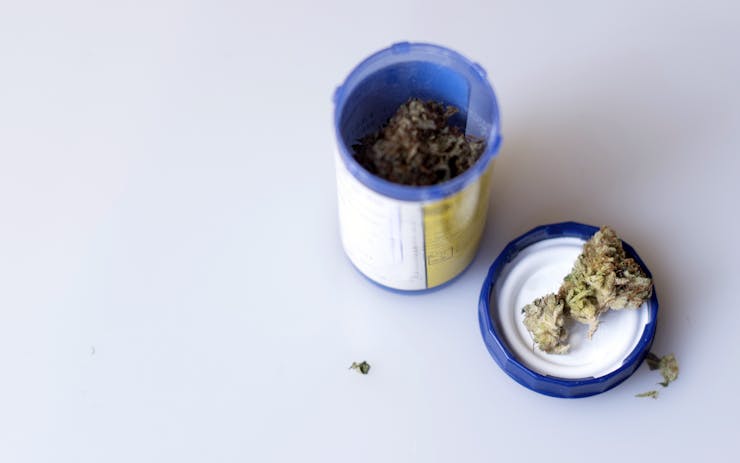Males may experience cannabis’s pain relief effects more strongly than women, according to a new study published in the scientific journal Drug and Alcohol Dependence.
Few studies on cannabis have taken sex-based differences into account, despite existing evidence that it does in fact affect men and women differently. This retrospective analysis of two cannabis and pain relief studies is among the first to do so, at least at the clinical level. Preclinical studies have been performed analyzing sex-specific differences using animal models. However, the results of these don’t always translate to human trials, which just so happens to be the case with this study.
“The present findings diverge from preclinical reports demonstrating that female laboratory animals are consistently more sensitive to both reward-related and antinociceptive [pain inhibition] effects of cannabinoids relative to males,” the study authors said. “Therefore, the absence of a sex-dependent difference for cannabis’ subjective effects, coupled with the sex-dependent effect for cannabis induced analgesia that is the reverse of what is observed in the preclinical literature appears unexpected, but may in fact reflect important differences in cannabis exposure in rodent and human studies.”
Although the study analyzed a limited sample size of 21 males and 21 females, the authors reported significant differences in pain perception between sexes. Here are the study highlights:
- Participants smoked either low-potency cannabis between 3.56-5.60% THC or a placebo testing at 0.00% THC.
- At consistent time intervals, the subjects dunked their hand in cold water in a test known as a Cold-Pressor Test, or CPT.
- The subjects then rated their pain (“pain sensitivity”), and researchers recorded how long it took for each participant to withdraw their hand from the water (“pain tolerance”).
- For men, active cannabis reduced pain sensitivity significantly more than inactive cannabis. This was not the case for women, who did not report significant differences in sensitivity between active and inactive cannabis.
- Active cannabis increased pain tolerance in both men and women compared to inactive placebo.
Keeping limitations such as sample size in mind, researchers speculated as to why men might experience better pain relief than women in the CPT.
Authors proposed that it could have something to do with tolerance, as females have been shown to develop tolerance faster in preclinical trials. Adding to this point, the cannabis used in the trials was low potency flower, capping out at under 6.00% THC. If subjects are acclimated to cannabis weighing in at 15-25% THC, the analgesic effects will be harder to gain, especially when you consider that study subjects were heavy, daily consumers.
Another interesting conjectures takes into account hormonal factors that affect women’s sensitivity to pain. “Preclinical studies have found that when estradiol levels are high, female rats exhibit greater sensitivity to the antinociceptive, reinforcing, and dependence-producing effects of cannabinoid agonists relative to males,” they wrote, “whereas progesterone decreases the sensitivity to cannabinoid’s antinociceptive effects.” Again, animal models may not be predictive of human response, but it’s an interesting and plausible hypothesis regardless.
The researchers acknowledge that the implications of their results are limited not only by sample size, but by the type of pain induced by cold water. They wrote, “Future studies assessing sex dependent analgesic effects of cannabinoids should also explore additional laboratory models of pain that utilize various nociceptive stimuli including mechanical-, thermal-, and chemical-induced pain.”
It’s important to note that this study is one of many steps taken toward a definitive conclusion regarding cannabis, pain, and biological differences between sexes. What it does prove, however, is that there’s a serious need for clinical research to confirm what is found in preclinical trials. It also proves that gender is something to be considered when we do evaluate the efficacy of cannabis medicines. It begins to pose questions such as “Might some cannabis products treat women’s pain better than others?”, and “How might we develop those products to suit women’s unique biology?”
Will future studies replicate the results found in this one to justify even ideating sex-specific marketing and products? Only time will tell.







